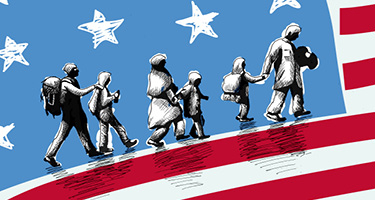In the ever-evolving landscape of intellectual property law, one of the most pressing challenges is posed by the rapid advancement of artificial intelligence (AI). Particularly in the realm of photography and visual content, AI is revolutionizing how images are created, shared, and consumed. This technological progress also raises complex legal questions, especially regarding copyright infringement and the standard for awarding statutory damages for copying photographs from the internet without permission. Authors, photographers, and graphic designers should be aware of these evolving standards and take steps to protect their creations.
Under United States copyright law, specifically 17 U.S.C. § 504, there are differences in damage awards between willful copyright infringement and innocent infringement. When a work protected by a registered copyright is infringed, a court may award statutory damages in an amount of not less than $750 and not more than $30,000 per work infringed, as the court considers just. But, if the Court determines that the infringement was committed willfully, it has the discretion to increase the statutory damages up to $150,000 per work infringed. On the other hand, in cases of innocent infringement, where the infringing party did not knowingly or intentionally infringe the copyright, the court has the discretion to reduce statutory damages. The statute specifies that if the court finds that the infringer was not aware and had no reason to believe that their acts constituted an infringement of copyright, the court may reduce the award of statutory damages to not less than $200 per work infringed.Top of Form
Before AI, the average internet user was expected to know that content such as photographs, artwork, and articles found on the internet is protected by copyright and cannot be used without permission. This standard has been relatively straightforward when dealing with actors who knowingly use copyrighted images without permission. However, with the rise of AI-generated content, the lines are becoming increasingly blurred.
After AI, one argument that copyright owners can expect to encounter is the belief that, for example, a photograph found on the internet was AI-generated image, and thus in the public domain and not protected by copyright. Thus far, the copyright office and the Courts have agreed that AI-created content that lacks human authorship is not protected by copyrights and is freely available for anyone to use without repercussions. Indeed, more and more content available on the internet may be in the public domain and it may be a reasonable belief that a particular photograph or article is AI generated and free to use.
This shift in the standard makes it more important than ever that content creators, photographers. and artists use watermarks, signatures, and copyright notices to put internet users on notice that their works are human-created and protected by copyright.
The intersection of artificial intelligence and copyright law presents complex challenges and opportunities for content creators. As AI technologies evolve and become more prolific, human creators need to be even more diligent in protecting their intellectual property rights.
















